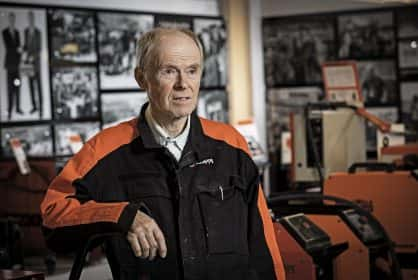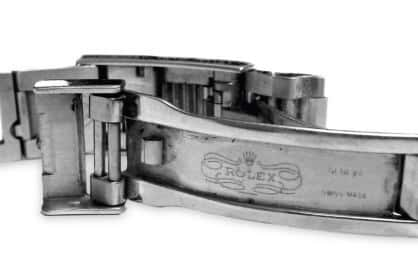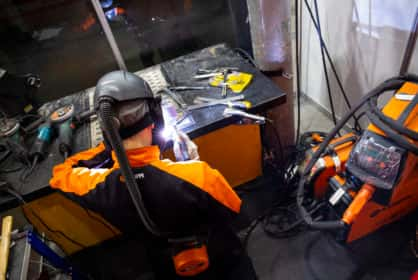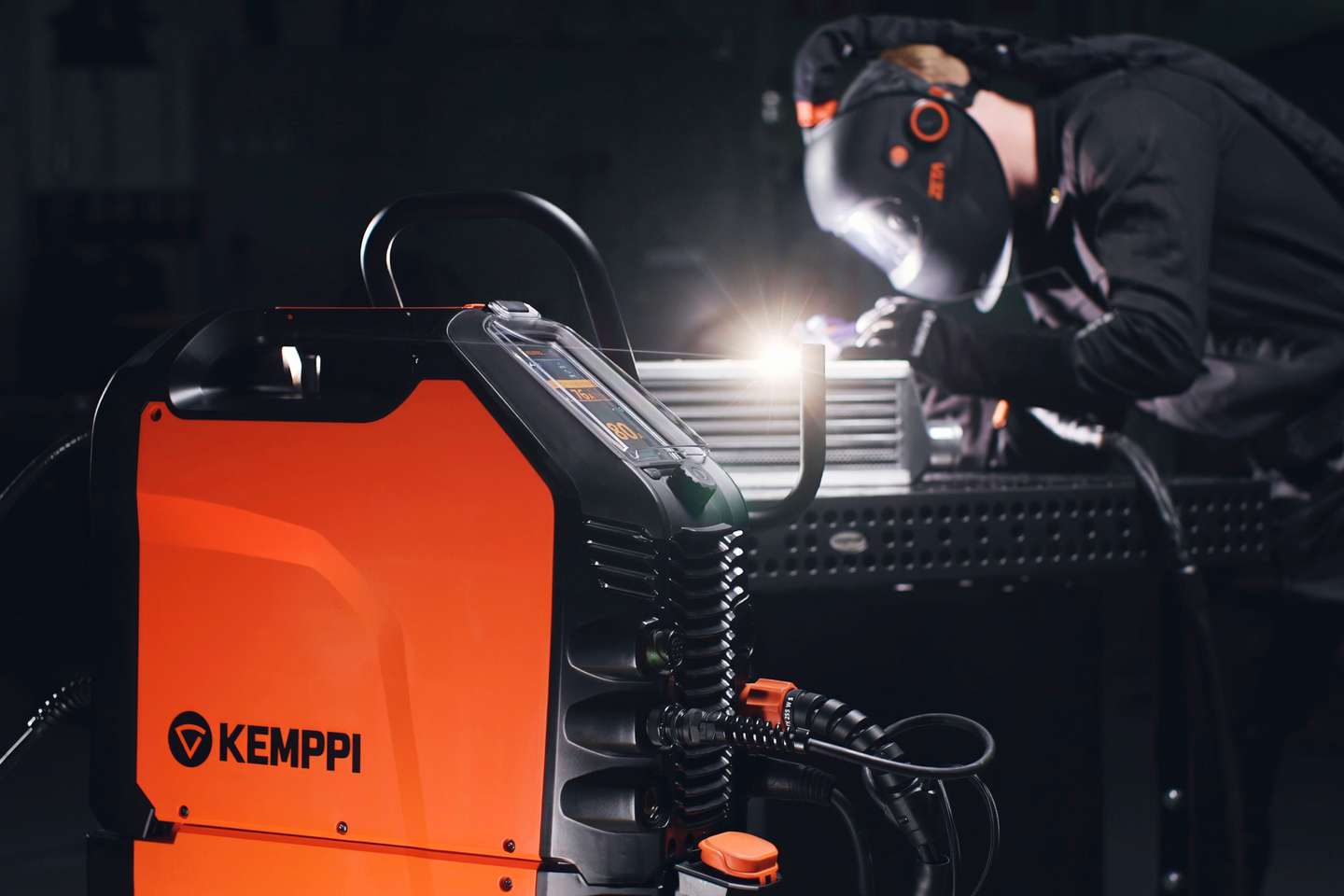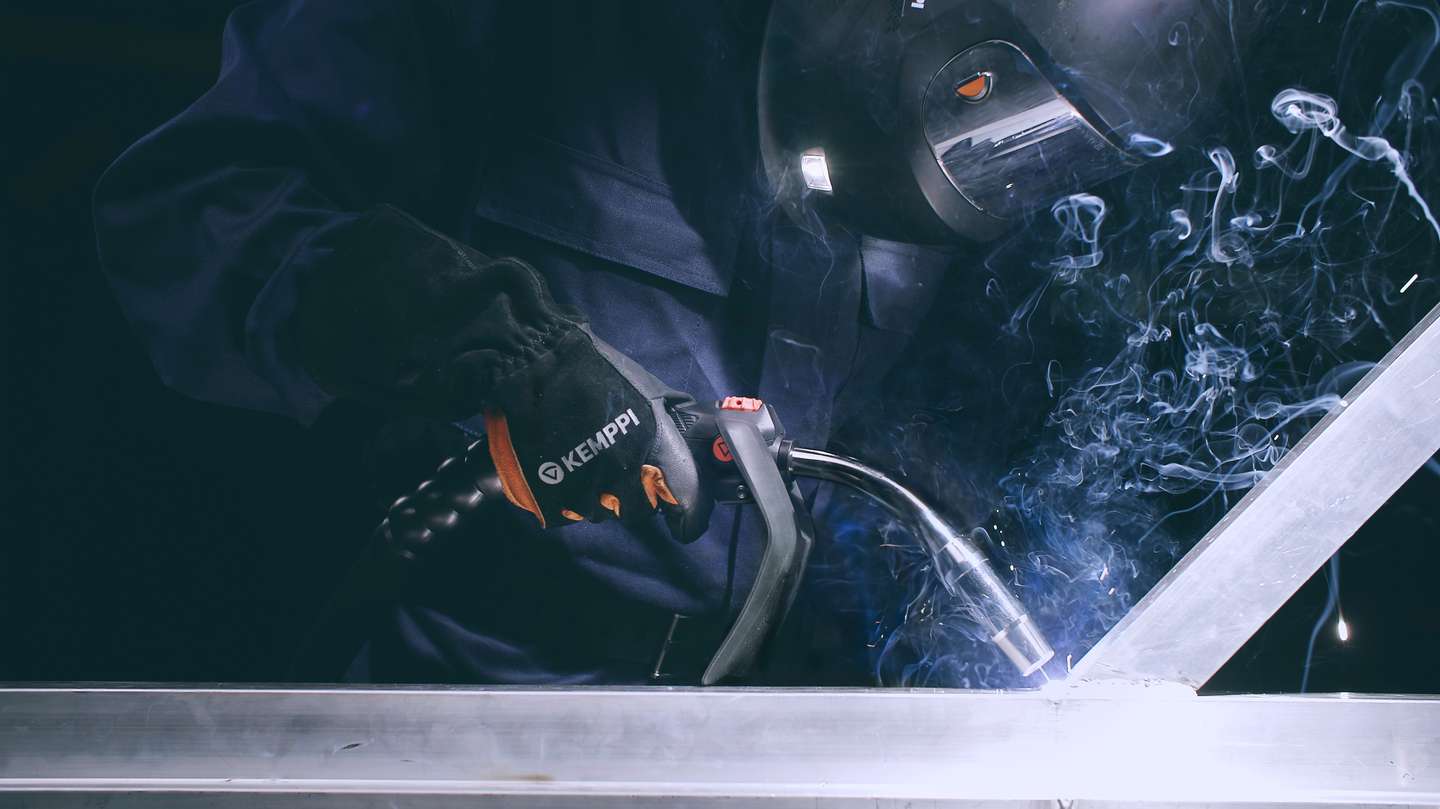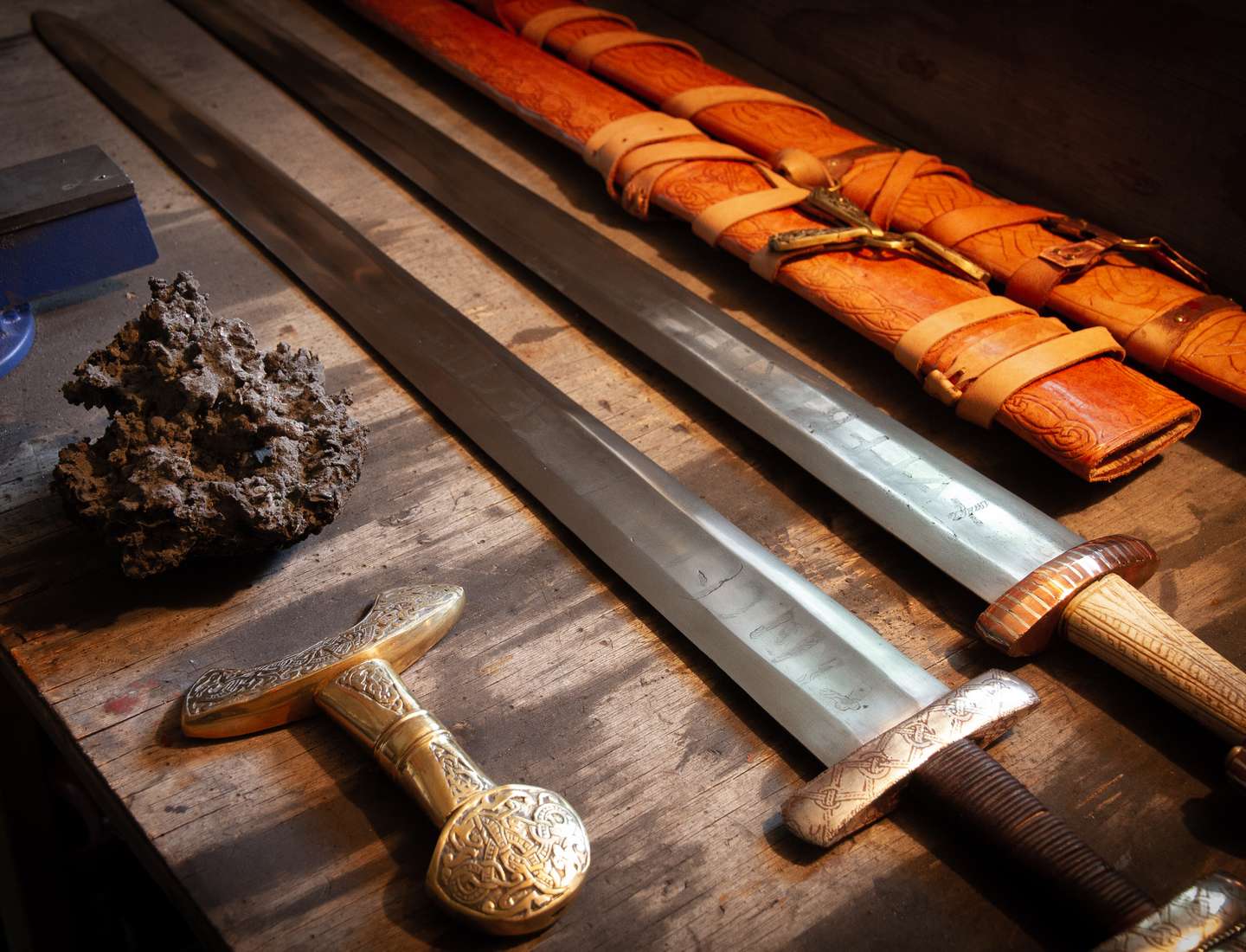
Les personnes
Ancient blacksmiths were pioneers of modern welding
7 juillet 2020
Mikko Moilanen is a Finnish blacksmith, archaeologist, and Doctor of Philosophy who forges Viking Age swords in the same way as blacksmiths did over a thousand years ago. The traditional craft and theory of ancient metalworking have largely disappeared across Europe. Moilanen has learned these skills as a journeyman and forged his first sword already at the age of 12.
Reetta Verho

Reetta Verho
Reetta Verho
Manager, Welding Services at Kemppi Oy. International Welding Engineer (IWE) who is an active member in ISO standardization committees. Board member in The Welding Society of Finland. Passionate about welding quality and the development of welding production. Member of: K105 National mirror committee for welding, ISO/TC44/SC10 Quality management in the field of welding ISO/TC44/SC11 Qualification requirements for welding and allied processes personnel.
